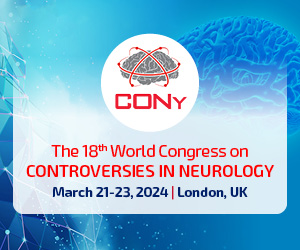The role of PET/CT in the diagnostics of dementia
Joanna Mączewska, Leszek Królicki
 Affiliation and address for correspondence
Affiliation and address for correspondenceA growing number of people with dementia translates into the necessity to use modern imaging methods. Function tests assessing glucose metabolism in the brain, such as 18F-FDG PET/CT, are conducted in the case of clinical doubts and facilitate the differential diagnostics of dementia. In the case of the Alzheimer’s disease, glucose metabolism disorders become visible, above all, in the area of both the parietotemporal areas, posterior parts of the callosal gyrus, the precuneus as well as medial temporal lobe. In the case of dementia with the Lewy bodies, glucose metabolism disorders relate to the occipital lobes and both the parietotemporal areas. In the case of frontotemporal dementia, lesions are observed, above all, in the frontal lobes and poles of the anterior temporal lobes. On the other hand, in the case of vasogenic dementia, there are numerous, spread deficits visible in collecting a marker within the brain – both the cortex and the subcortical nuclei. Characteristic glucose metabolism disorders are present also in the case of other, less common neurodegenerative diseases, such as corticobasal degeneration and the atrophy of the posterior part of the brain. In the case of corticobasal degeneration, one can observe a decreased collection of 18F-FDG within the sensory-motor cortex, in the subcortical nuclei and the thalamus on the side with the disease, while in the case of atrophy of the posterior part of the brain – within both the parieto-occipital areas. Besides glucose metabolism, it is possible to assess the presence of β amyloid in the brain. It is deemed that a negative result of PET/CT for β amyloid enables to exclude the Alzheimer’s disease as being the cause of dementia. The utilisation of non-invasive PET/CT makes it possible to early diagnose dementia and determine the prognosis.








